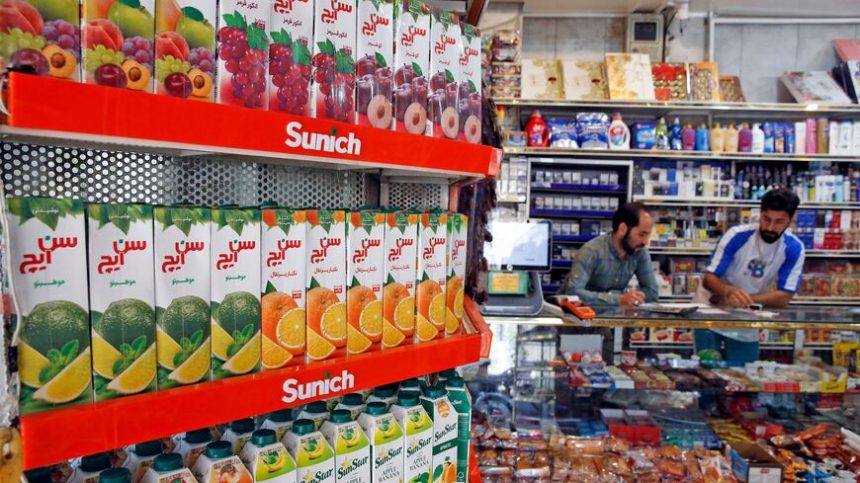Iran finds itself grappling with a surge in food prices amidst a backdrop of economic turmoil, underscored by the devaluation of the rial and escalating tensions with Israel.
Reports from Iran’s state-run Khorasan newspaper reveal a stark reality: essential food items have seen significant price hikes since the beginning of the Iranian New Year in March 2024, coinciding with Ramadan. Beans have soared by 30%, red meat by 25%, and summer foods by a staggering 50%. Rice and several other staples have followed suit with increases ranging from 10% to 15%.
Earlier in April, Reza Kangari, head of the Tehran Provincial Union of Food Banks, highlighted the distressing trend, citing a 30% rise in some food items. He attributed this surge to the devaluation of the rial, supply shortages, and subsequent price gouging.
The root cause of this concerning situation lies in Iran’s faltering economy, worsened by the continual devaluation of the rial. This decline accelerated notably in 2018 when the United States withdrew from the JCPOA nuclear deal, imposing sanctions that severely impacted Iran’s oil-dependent economy.
Since January, the rial has depreciated by over 30% against major currencies, further exacerbated by Iran’s military actions against Israel in April, which saw the dollar surpassing the 700,000-rial mark.
Iran has grappled with high inflation rates exceeding 40% for the past five years, compounded by substantial state debt and liquidity challenges. President Ebrahim Raisi’s tenure since August 2021 has seen a doubling of Iran’s liquidity, fueling inflation that reached 47% in the last fiscal year.
Despite government assurances to address food security concerns, relentless price hikes have deepened the economic hardship for ordinary Iranians, pushing many into financial insecurity.
As the Iranian New Year approached in March, citizens lamented a sharp decline in purchasing power, with essentials disappearing from household budgets.
External factors, such as US sanctions, have undoubtedly contributed to Iran’s economic challenges, notably impacting trade with countries like India. Rice exports from India to Iran dropped by 34% from 2022 to 2023, reflecting broader trade disruptions.
The Iranian leadership’s reluctance to address fundamental issues like the nuclear program has further isolated the country economically, hindering efforts to alleviate citizens’ plight.
With soaring food prices exacerbating economic woes, Iranians face a bleak outlook ahead, marked by dwindling options and rising costs.





